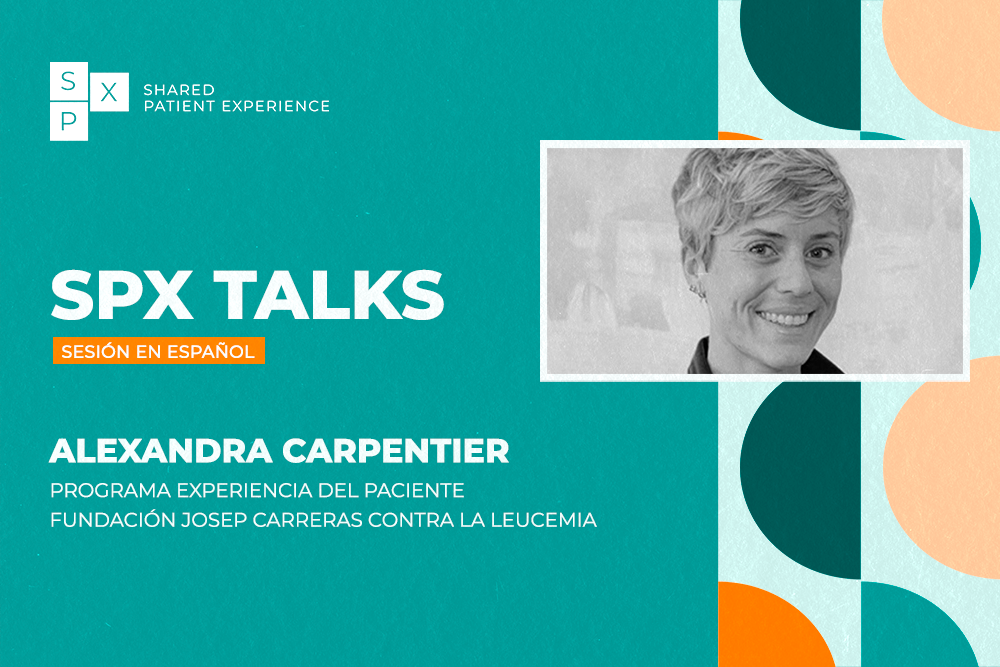
Design thinking applied to health care
The objective of this article is to describe how the Design Thinking methodology has been applied and used in health care, as well as analysing its effectiveness.
Health care systems require continuous innovation to meet the needs of patients, as well as health professionals. However, patients and professionals are not always considered when designing new treatments, protocols, tools or organisations. This can then result in products or organisations that are irrelevant or unused because they were designed without considering their human context. As a response to this, Design Thinking offers a way to close this gap by helping those in charge of designing new products or services to incorporate user needs and feedback throughout the development process.
Therefore, the design thinking process is divided into 5 main stages:
- Stage 1 – Empathy: put yourself in the consumer’s shoes and understand their needs. The consumer could be the patient or the health care professional.
- Stage 2 – Definition: define the problem at the source.
- Stage 3 – Ideation: generate several ideas to solve the problem.
- Stage 4 – Prototyping: design and choose one or more prototypes.
- Stage 5 – Testing: launch the project
It is therefore an iterative process, with innovation emerging only after cycling through several rounds of ideation, prototyping and testing. This distinguishes it from the linear and top-down approaches that are generally used in the health care system.
Results of the study and associated precautions in terms of interpretation
To analyse the relevance of using Design Thinking to design health care or a health service, the authors of the article looked at 24 studies; these studies were performed within health services (physical or mental) with the aim of improving care or processes within it. Of these 24 studies, the results are as follows: twelve made it possible to significantly improve the outcome, eleven made it possible to give a mixed result, and one study did not obtain a conclusive result. In addition, four studies compared the Design Thinking method with other methods: these four examples gave the result that the principles of Design Thinking make it possible to provide greater satisfaction, usability of the method and effectiveness for end users.
However, the authors underline the fact that there are multiple definitions of “Design Thinking”, and that among the studies analysed, the methodologies may vary in part. Therefore, the article maintains that certain principles of Design Thinking can be applied but does not prove that the concept itself can be applied in its narrowest sense. Indeed, the authors emphasise the fact that certain principles cannot be applied to the health system, in particular the possibility of prototyping projects that will prove to be ineffective, because there are significant risks in the case of health care.
Feedback on the application of Design Thinking principles
Besides the fact that the results from Design Thinking are overwhelmingly conclusive, the article highlights the following points:
- The Design Thinking approach can be applied in multiple health fields, and with users with very diverse problems and needs.
- Teams using Design Thinking must be prepared for a more intensive process than traditional methods.
- The approach must be deeply centred on the user, to maximise the success of implementing the prototype.
- The question is finding a balance between the use of the Design Thinking methodology that is faithful to its structure, while retaining certain flexibility to adapt to the context.
Certain biases, risks or challenges have been identified when applying a Design Thinking approach, in particular:
- There may be a gap between what the “users” (patients, professionals) want and what designers consider beneficial based on research and expertise.
- One observed risk is that of not carrying out the needs assessment stage specific to the context of the study (in particular observations or interviews), and of starting only with previous work published within the scientific literature.
Conclusion
In conclusion, although the study does not allow us to state with certainty that applying the method “Design Thinking” in the strict sense of the term is beneficial in the health care field, it nevertheless suggests that it is possible to apply several principles of these methods when designing health care interventions and in particular (the list is not exhaustive): the user-centred perspective and iterations to reach a consensus. To deepen this analysis, a further study would be needed, for example to measure which component of Design Thinking has a strong impact on results in order to refine the Design Thinking approach applied to health and health care services.
Source : Altman M, Huang TT, Breland JY. Design Thinking in Health Care. Prev Chronic Dis 2018;15:180128. DOI: http://dx.doi.org/10.5888/pcd15.180128



